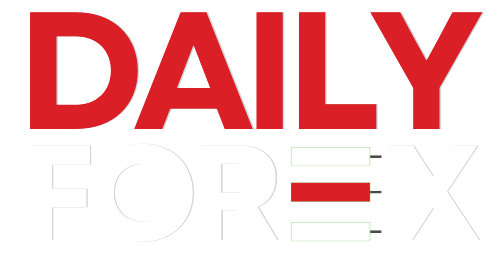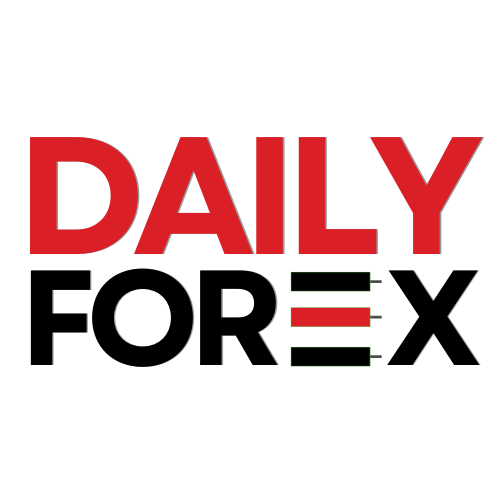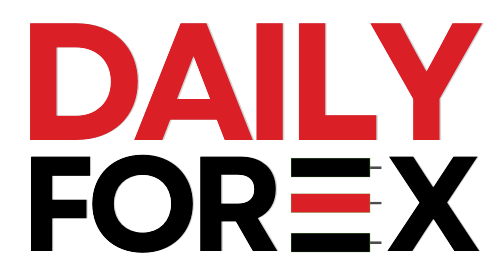Introduction: What is a Blockchain?
A blockchain is a special type of database that stores data in a secure, decentralized way. Unlike traditional databases controlled by a central authority, a blockchain is maintained by a network of computers (called nodes) spread across the globe.
The most famous use of blockchain technology is Bitcoin, but the concept has applications far beyond cryptocurrency.
🧠 Key Features of a Blockchain
- 📦 Data is stored in blocks
- 🔗 Blocks are linked (chained) chronologically
- 🔐 Each block contains a hash – a unique digital fingerprint
- 🔄 Once added, data can’t be changed (immutability)
- 🌍 Stored and maintained by a decentralized network
🛠️ How Does a Blockchain Work?
Here’s a simplified breakdown of how blockchain technology works:
1. Blocks Store Data
Each block contains:
- Transaction data (like sender, receiver, and amount)
- A timestamp
- A hash (unique ID)
- The hash of the previous block
2. Blocks Are Chained
Each new block includes the hash of the previous one. This creates a chain of blocks. Tampering with a block changes its hash, which invalidates all the blocks after it.
3. Immutability
Once a block is added, it can’t be changed without changing every block that came after it — which would require controlling more than 50% of the network’s nodes. Practically impossible.
🔗 Blockchain and Bitcoin: What’s the Relationship?
Bitcoin was the first cryptocurrency to use blockchain technology effectively. It uses its blockchain to:
- Track ownership of bitcoins
- Prevent double spending
- Eliminate the need for a central bank
Every 10 minutes, miners add a new block of transactions to the Bitcoin blockchain, ensuring transparency and security.
🧩 Blockchain vs. Distributed Ledger: What’s the Difference?
Many people confuse blockchain with Distributed Ledger Technology (DLT). Here’s a quick comparison:
| Blockchain | Distributed Ledger |
|---|---|
| Data is stored in blocks and chained | Data doesn’t need to be in blocks |
| A type of DLT | A broader concept |
| Used in cryptocurrencies | Used in supply chain, banking, etc. |
So, every blockchain is a DLT, but not all DLTs are blockchains.
📘 Real-World Use Case: Blockchain as a Ledger
In Bitcoin, the blockchain acts like a public book:
- Each block = a page in the book
- Each page = a list of confirmed transactions
- Everyone can read the book, but no one can erase it
📢 Why Blockchain Matters
Blockchain solves two major problems in digital systems:
- Trust without intermediaries
- Immutable records without central control
This has huge implications for finance, healthcare, logistics, and more.
🧱 Final Thoughts
The blockchain is the revolutionary technology that made Bitcoin possible — but its potential goes far beyond cryptocurrencies. It represents a shift in how we store, share, and secure data in a digital world.
As blockchain adoption grows, understanding this technology is crucial for anyone interested in crypto, finance, or the future of the internet.
Stay Updated with Daily Forex Pakistan.




